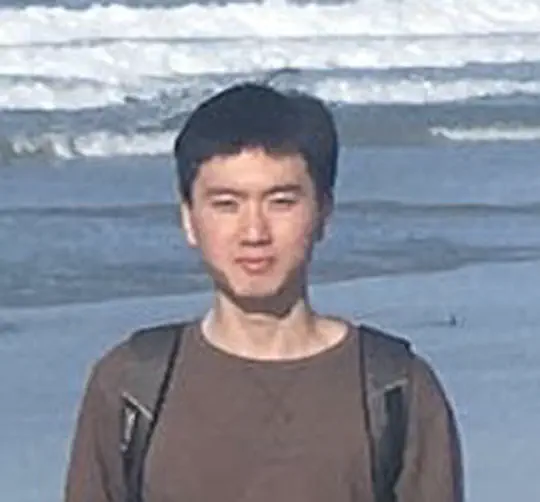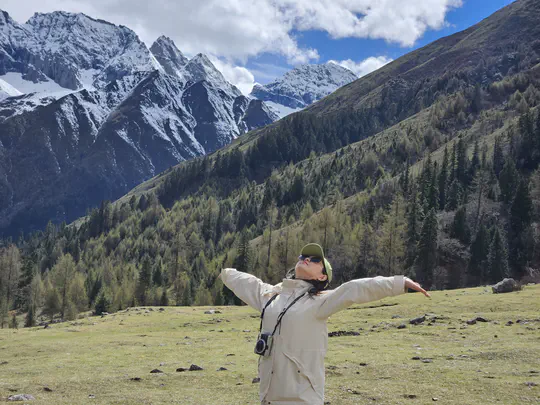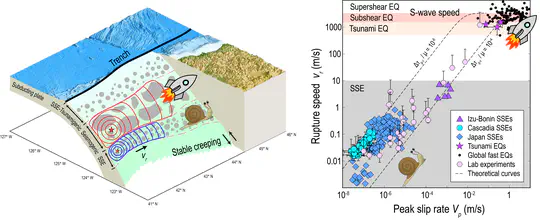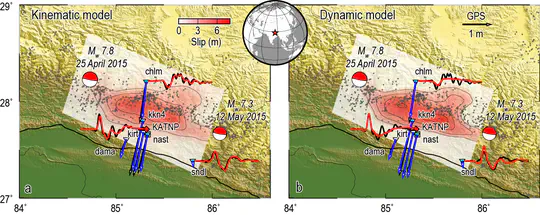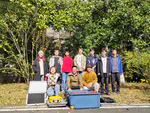Welcome to Weng’s Homepage!
Huihui Weng
Associate Professor, weng@nju.edu.cn
His research vision is to achieve a fundamental understanding of fault mechanics, through synergistic efforts in combining theoretical, computational, laboratorial, and observational approaches. His long-term goals aim at answering the following essential questions: What controls the nucleation, propagation, and arrest of earthquake ruptures? Can we anticipate the size of future earthquakes? What controls the slow and fast earthquake cycle? How can we improve the way seismic risk is evaluated?
- Earthquake physics
- Slow and fast earthquakes
- Dynamic rupture simulations
-
Geophysics, 2015
University of Science and Technology of China
News
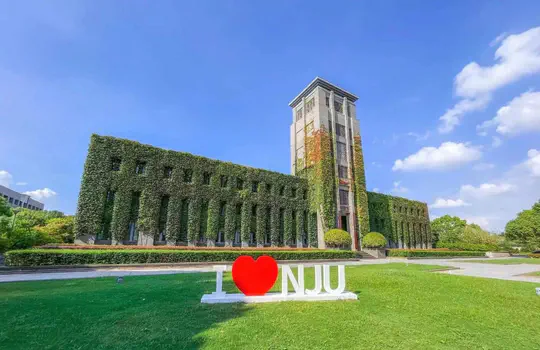
Experience
Research
Non-peer-reviewed papers
Peer-reviewed papers
Group
